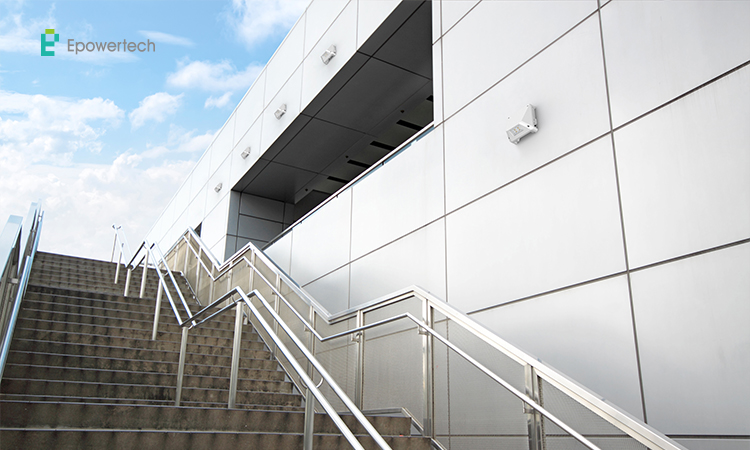The Role of Salt Spray Testing
Ensuring Durability and Performance of LED Emergency Lighting

When it comes to LED Emergency Lighting, ensuring reliability and durability is of paramount importance. Whether for indoor or outdoor use, these critical lighting solutions must withstand harsh environmental conditions to maintain their effectiveness during emergencies. One essential process in ensuring this durability is salt spray testing—a crucial method for evaluating the corrosion resistance of metal components in emergency lighting systems.
Salt spray testing is an accelerated method that simulates corrosive marine or coastal environments. By atomizing a salt solution and spraying it onto the surface of the product, the test exposes components to accelerated corrosion. This helps manufacturers assess how well their products can withstand the elements, particularly when exposed to salt, humidity, or coastal air.
Tailoring Testing for Indoor and Outdoor Applications
For indoor emergency lighting products, metal components are typically exposed to minimal moisture, and therefore, the salt spray testing requirements are not as stringent. Most of our indoor products are made from high-quality plastics, which naturally resist corrosion due to their inherent resistance to acids and alkalis.
However, for outdoor emergency lighting solutions, the scenario is different. These products are often subjected to more demanding conditions such as salt exposure and extreme weather. To meet these challenges, we define the required salt spray rating during the design process and conduct thorough testing. For example, our EPE-EM22 outdoor emergency light, constructed from ADC12 die-cast aluminum, undergoes chromate coating and outdoor powder coating to ensure it can endure up to 1000 hours of salt spray testing. This rigorous testing guarantees the product's performance and longevity, even in coastal environments.

Customizing Solutions for Coastal Regions
For customers located in coastal areas, we understand the importance of enhanced corrosion resistance. If our plastic products include small exposed metal parts (such as the EPA-EX2B), we typically upgrade these components to stainless steel. Additionally, we enhance the corrosion resistance of fasteners with advanced surface treatments, such as electroplating or Dacromet coatings, to ensure long-term durability even in highly corrosive environments.
Surface Treatments for Enhanced Durability
Different metals and materials require tailored surface treatments to optimize corrosion resistance. Our team uses a variety of processes, including spraying, electroplating, and electrophoretic oxidation, to protect metal components. These treatments significantly extend the lifespan of our products, ensuring they continue to perform reliably in even the harshest conditions.